You're not alone if you're making costly mistakes with your customer insights and analytics.
In fact, many businesses are leaving money on the table by not fully leveraging the power of customer data. They're missing out on opportunities to improve customer experience, increase retention, and drive revenue growth.
But here's the good news: by understanding how to best leverage your data, you can unlock the full potential of your customer insights and gain a competitive edge in your market.
In this blog post, we'll dive into 5 of the top ways to get powerful customer insights to drive your business. From collecting the right data to turning insights into action, we'll cover everything you need to know to get the most out of your customer analytics.
So, if you're ready to stop wasting money and start making data-driven decisions that drive real results, keep reading.
Understanding Customer Insights & Analytics 101
TL;DR:
Customer insight analytics is crucial for making data-driven decisions
Consumer insights analysts play a vital role in understanding customer behaviour
Mastering customer insight analytics can lead to a competitive advantage
What is customer insight analytics?
Customer insight analytics is the process of collecting, analyzing, and interpreting data about customer behaviour, preferences, and interactions with a company's products or services. The primary purpose of customer insight analytics is to gain a deep understanding of customers' needs, wants, and pain points, enabling businesses to make data-driven decisions that improve customer satisfaction, loyalty, and ultimately, revenue.
Key components of customer insight analytics include:
Customer data from various sources, such as website analytics, social media, surveys, and customer relationship management (CRM) systems
Data integration and management tools to consolidate and organize customer data
Analytical techniques, such as segmentation, predictive modelling, and sentiment analysis
Visualization and reporting tools to communicate insights effectively
By leveraging these components, businesses can uncover valuable insights about customer behaviour, like:
Identifying high-value customer segments
Understanding customer journey and touch points
Detecting churn risk and opportunities for retention
Optimizing marketing campaigns and personalization efforts
For example, the diagram below illustrates five key stages of the customer journey and related analytics. These are great data sources and touch points you can leverage to better understand customer behaviour and preferences:
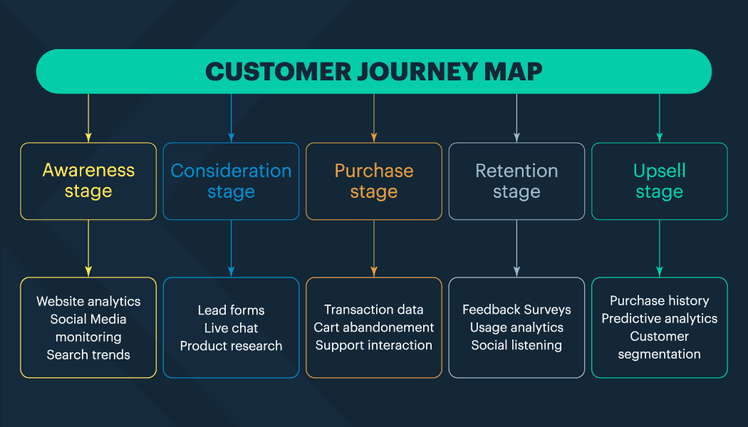
The importance of customer insight analytics
Customer insight analytics has become a critical success factor. According to a study by McKinsey & Company, companies that extensively use customer analytics are2.6 times more likely to have a significantly higher ROI than competitors. Moreover, customer insight analytics enables businesses to:
Make informed product development and innovation decisions
Optimize pricing and promotional strategies
Enhance customer service and support
Identify new market opportunities and growth areas
The role of a consumer insights analyst
A consumer insights analyst is a professional who specializes in collecting, analyzing, and interpreting customer data to derive actionable insights. Their primary responsibilities include:
Designing and conducting research studies, such as surveys, focus groups, and user testing
Analyzing customer data from various sources to identify patterns, trends, and opportunities
Collaborating with cross-functional teams, such as marketing, product, and sales, to align insights with business objectives
Communicating insights and recommendations to stakeholders through reports, presentations, and dashboards
Monitoring industry trends and competitive landscape to stay ahead of the curve
To succeed in this role, a consumer insights analyst must possess a unique combination of skills and knowledge, including:
Strong analytical and problem-solving skills
Proficiency in data analysis tools, such as SQL, R, or Python
Familiarity with customer research methodologies and best practices
Excellent communication and storytelling skills to effectively convey insights
Business acumen and strategic thinking to align insights with organizational goals
Becoming a consumer insights analyst
For professionals interested in pursuing a career in consumer insights analytics, there are several paths to consider:
Earning a degree in a relevant field, such as market research, data science, or business analytics
Gaining practical experience through internships or entry-level positions in customer analytics or research
Pursuing industry certifications, such as the Insights Professional Certification (IPC) or the Certified Market Research Analyst (CMRA)
Continuously learning and staying updated with the latest tools, techniques, and best practices in customer insight analytics
Some recommended resources for aspiring consumer insights analysts include:
"Storytelling with Data: A Data Visualization Guide for Business Professionals" by Cole Nussbaumer Knaflic
"Customer Analytics For Dummies" by Jeff Sauro
Coursera's "Customer Analytics" specialization by the University of Pennsylvania
The Insights Association'swebinars and events
By mastering the art and science of customer insight analytics, businesses can gain a powerful competitive advantage, driving customer-centric growth and innovation.
Uncovering Valuable Customer Behaviour Trends
In this section, we'll explore different approaches you can use to uncover valuable customer behaviour trends and inform your strategic decision-making.
1) Identifying patterns in customer purchasing habits
Analyzing transactional data is crucial for uncovering valuable insights into customer buying trends. By examining purchase history, frequency, and average order value, businesses can gain a deeper understanding of customers' preferences and behaviours. This data can be used to identify high-value customer segments, predict future purchasing patterns, and optimize marketing strategies accordingly.
Customer segmentation is also a powerful tool for grouping customers with similar behaviours, demographics, or psychographics. By creating distinct customer profiles based on shared characteristics, businesses can tailor their offerings, messaging, and promotions to specific segments. This targeted approach leads to higher conversion rates, increased customer satisfaction, and improved ROI.
For example, an eCommerce company selling outdoor gear may analyze its transactional data to identify a segment of customers who frequently purchase high-end camping equipment. By targeting this segment with personalized product recommendations, exclusive discounts, and relevant content, the company can foster loyalty and encourage repeat purchases.
2) Tracking customer engagement across touch points
To gain a comprehensive view of customer behaviour, it's essential to monitor and analyze customer interactions across all channels.
By tracking customer engagement metrics such as website visits, page views, click-through rates, and social media interactions, you can identify opportunities to improve the customer experience and drive loyalty.
For instance, if you notice a high bounce rate on your product pages, it may indicate a need for better product descriptions, images, or user reviews.
Real-time customer data analysis can also help identify pain points and quickly address customer concerns. By monitoring social media mentions and customer support interactions, companies can proactively reach out to customers and turn negative experiences into positive ones.
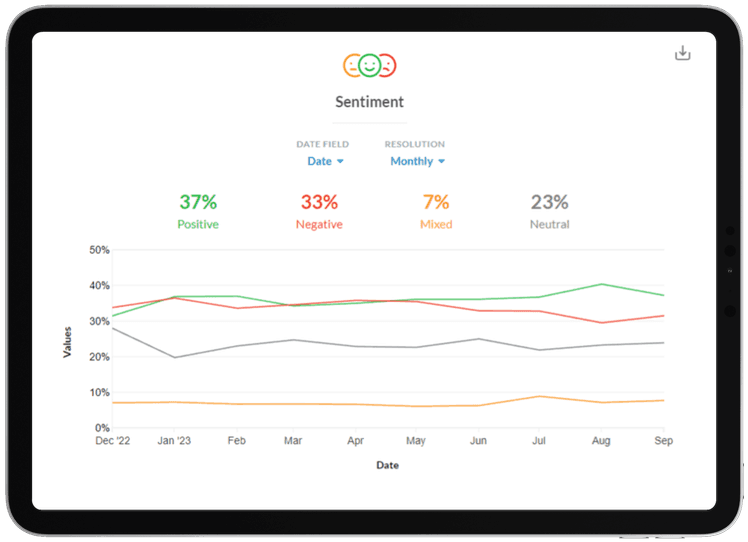
3) Analyzing customer feedback for actionable insights
Customer feedback, whether through surveys, reviews, or social media comments, provides valuable insights into customer preferences, pain points, and areas for improvement. By systematically collecting and analyzing customer feedback, businesses can identify trends, prioritize product or service enhancements, and measure customer satisfaction over time.
Sentiment analysis, a technique that uses natural language processing (NLP) to determine the emotional tone of customer feedback, can help businesses quickly identify and address negative sentiments before they escalate. By proactively responding to customer concerns and incorporating feedback into decision-making processes, companies can demonstrate their commitment to customer satisfaction and foster long-term loyalty.
For further reading on leveraging customer feedback for continuous improvement, we recommend "The Ultimate Question 2.0: How Net Promoter Companies Thrive in a Customer-Driven World" by Fred Reichheld and Rob Markey.
4) Using unsolicited feedback to uncover true sentiment
Unsolicited feedback, like social media comments, online reviews, and forum discussions, provide a wealth of insights into customer sentiment. This data offers a richness that structured feedback mechanisms often miss. By analyzing this more spontaneous feedback, you can gain a more genuine understanding of how customers feel about your products or services.For example, an online retailer may analyze customer reviews on platforms like G2 or Google Reviews, to understand recurring themes in customer experiences. Looking at customer support chats, and product reviews will reveal common pain points with more clarity than formal surveys.
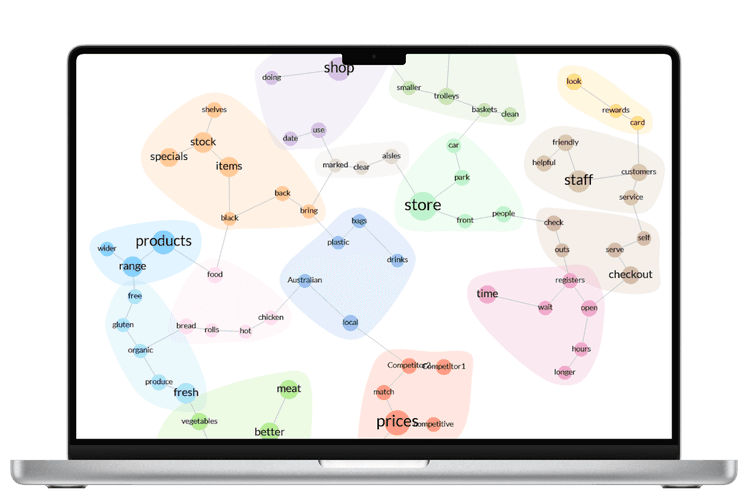
5) Leveraging predictive analytics for proactive customer engagement
Predictive analytics uses historical data, machine learning algorithms, and statistical techniques to predict future customer behaviour. By analyzing past purchase history, browsing behaviour, and demographic data, businesses can anticipate customer needs, preferences, and likelihood to churn.
Armed with these insights, companies can proactively engage customers with personalized offers, content, and support. For instance, a subscription-based service may use predictive analytics to identify customers at risk of canceling their subscriptions. By reaching out to these customers with targeted retention offers or personalized support, the company can reduce churn and improve customer lifetime value.
To dive deeper into the applications of predictive analytics in customer engagement, we recommend "Predictive Analytics: The Power to Predict Who Will Click, Buy, Lie, or Die" by Eric Siegel.
Essential Tools for Customer Insights & Analytics
To turn customer feedback into actionable insights, you need the right tools. A great combination of tools is to use Fullstory and Kapiche. Let's compare their key features, benefits, and how they can work together.
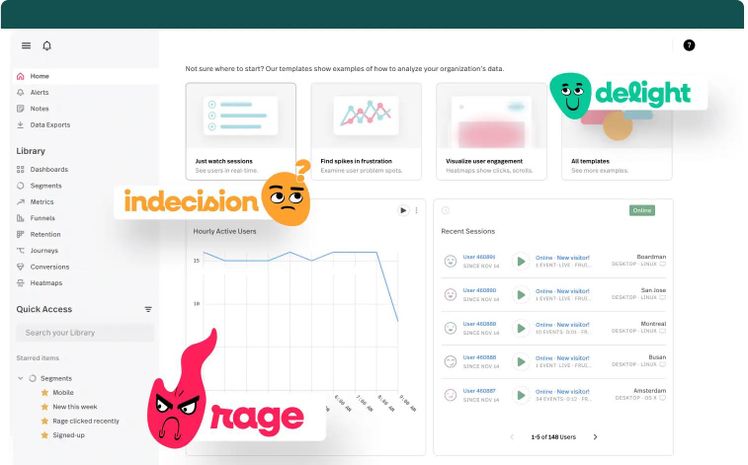
Fullstory
Fullstory is a robust analytics platform designed to track and understand user interactions on your website. It's particularly useful for businesses looking to optimize user experience and uncover friction points in the customer journey.
Key Features
Session Replay: Watch real-time recordings of user sessions to see exactly how visitors interact with your site.
Heatmaps: Visualize user engagement with heat maps that show where users click, scroll, and hover.
Error Tracking: Identify and troubleshoot issues users encounter, such as broken links or page errors.
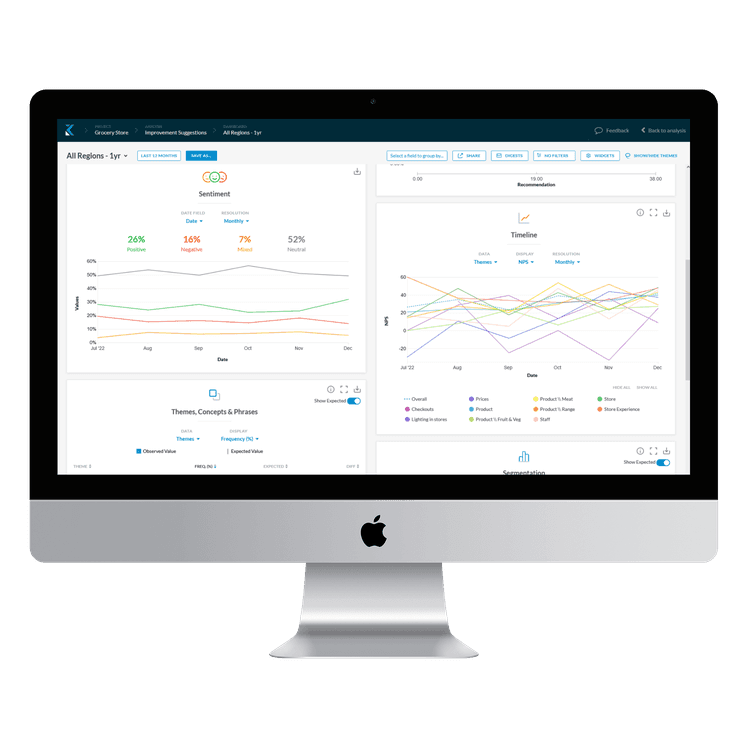
Kapiche
Kapiche is a powerful text analytics software designed to transform unstructured customer feedback into actionable insights. It leverages advanced natural language processing (NLP) and machine learning to help businesses understand their customers better and drive strategic decisions.
Key Features
Advanced Text Analytics: Utilize NLP to analyze and interpret customer feedback from various sources, such as surveys, reviews, and support tickets.
Sentiment Analysis: Determine customer sentiment with high accuracy, identifying positive, negative, and neutral feedback to gauge overall customer satisfaction.
Thematic Analysis: Automatically uncover themes and trends in customer feedback to pinpoint common issues and opportunities for improvement.
Custom Dashboards: Create interactive dashboards tailored to your specific needs, allowing for easy visualization and exploration of data.
Integration Capabilities: Seamlessly integrate with popular customer feedback platforms, CRMs, and other data sources to streamline your analytics process.
By using a tool like Google Analytics to analyze customer behavior across your digital touchpoints, and pairing it with robust customer feedback analysis in Kapiche, you can get a very clear view of how your customers feel about your services.
Real-World Examples of Customer Insights and Analytics in Action
In this section, we want to share some examples of just how powerful it is to have your customer analytics dialed in.
Here are some practical examples of how insights can help drive customer loyalty and satisfaction.

Starbucks: Personalizing the Customer Experience
Starbucks, the global coffee giant, has successfully leveraged customer insights to create highly personalized experiences for its customers. By analyzing data from its loyalty program, mobile app, and customer feedback, Starbucks gains a deep understanding of individual preferences and behaviours.
One prime example of this is the "Recommended for You" feature on the Starbucks mobile app. By analyzing past purchase history, the app suggests customized drink options and food pairings tailored to each customer's tastes. This personalized approach has led to increased customer satisfaction, higher spend per visit, and stronger brand loyalty.
Key Takeaways from Starbucks' Approach
Leverage loyalty programs and mobile apps to collect valuable customer data
Analyze purchase history and preferences to create personalized recommendations
Use customer insights to drive product innovation and improve the overall customer experience
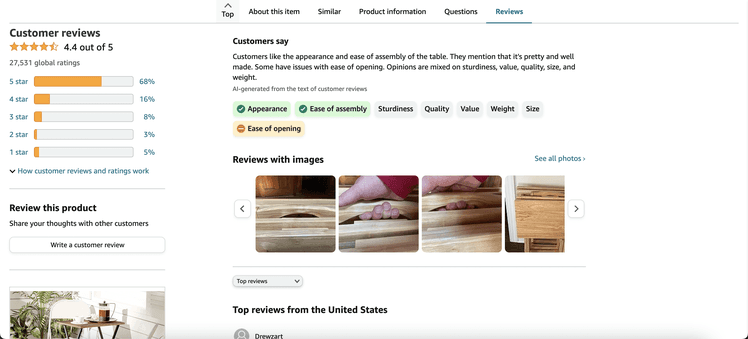
Amazon: Using Customer Insights to Drive Product Development
Amazon is renowned for its customer-centric approach. By continuously analyzing customer behaviour, reviews, and search queries, Amazon gains valuable insights that inform product development and marketing strategies.
One notable example is the creation of Amazon Basics, a private-label brand that offers everyday essentials at competitive prices. Amazon identified high-demand products through customer insights and developed its own line to meet those needs. This strategy has proven successful, with Amazon Basics now offering over 1,500 products across various categories.
In addition, Amazon uses customer insights to improve its recommendation engine, which suggests products based on a customer's browsing and purchase history. This personalized approach has led to increased sales, higher customer engagement, and improved customer loyalty.
Lessons Learned from Amazon's Customer Insight Strategy
Continuously analyze customer behavior, reviews, and search queries to identify trends and opportunities
Use customer insights to develop private-label products that meet high-demand needs
Leverage recommendation engines to personalize the shopping experience and drive sales
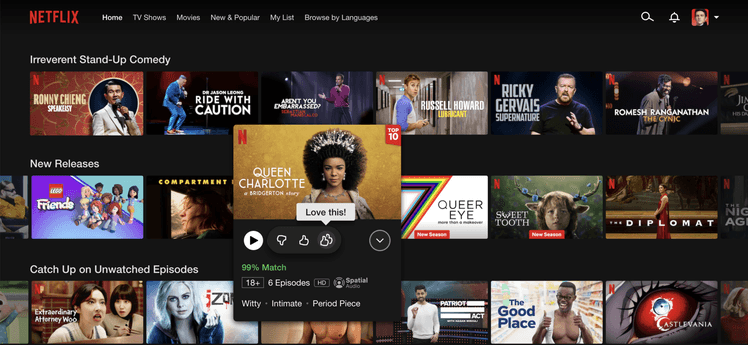
Netflix: Leveraging Customer Insights for Content Creation
Netflix has revolutionized the entertainment industry by using customer insights to drive content creation and recommendations. By analyzing viewing habits, ratings, and engagement data, Netflix gains a deep understanding of what content resonates with its audience.
This data-driven approach has led to the development of highly successful original series, such as "House of Cards" and "Stranger Things." Netflix identified a strong interest in political dramas and 80s nostalgia through customer insights, leading to the creation of these hit shows.
Moreover, Netflix's recommendation algorithm, powered by customer insights, has become a key differentiator in the streaming market. By suggesting personalized content based on viewing history, Netflix keeps customers engaged and reduces churn.
Best Practices from Netflix's Customer Insight-Driven Content Strategy
Use customer insights to identify content gaps and opportunities in the market
Develop original content that aligns with audience preferences and interests
Leverage recommendation algorithms to personalize the viewing experience and increase engagement
Putting Customer Insights into Practice
Customer insight analytics is a powerful approach for understanding your audience and driving business growth. By collecting and analyzing data from various sources, you can uncover valuable trends, segment your customers effectively, and make data-driven decisions that improve engagement and loyalty.
To get started, focus on identifying key data sources and ensuring data quality across platforms. Use advanced analytics techniques like predictive modeling and machine learning to derive actionable insights. Use these insights to develop targeted marketing campaigns, optimize product offerings, and address customer pain points proactively.
Want help on your journey to customer insights? Watch an on-demand demo of Kapiche to see how it can level up your insights systems, and get your to actionable insights fast.







